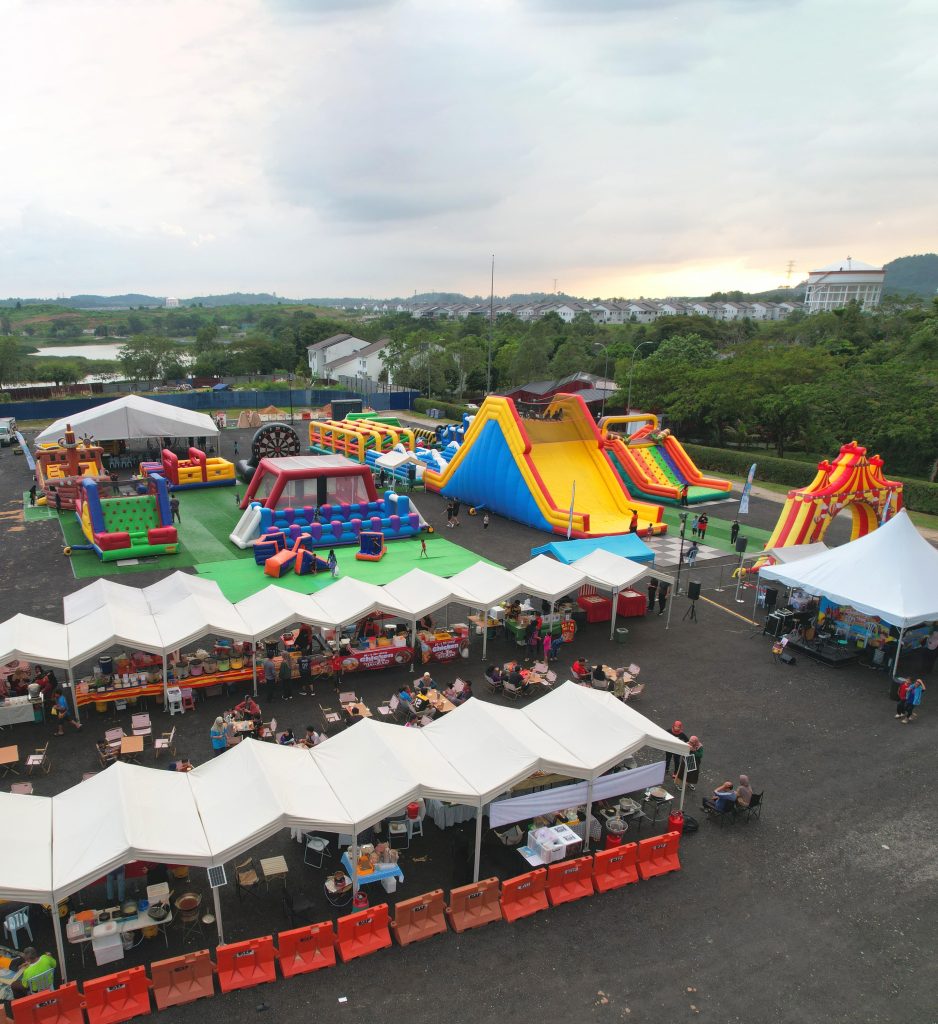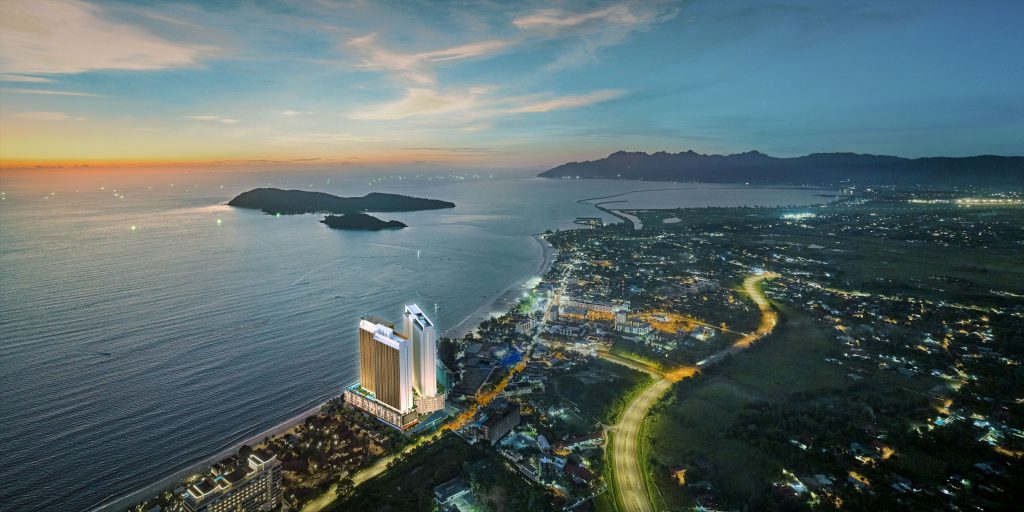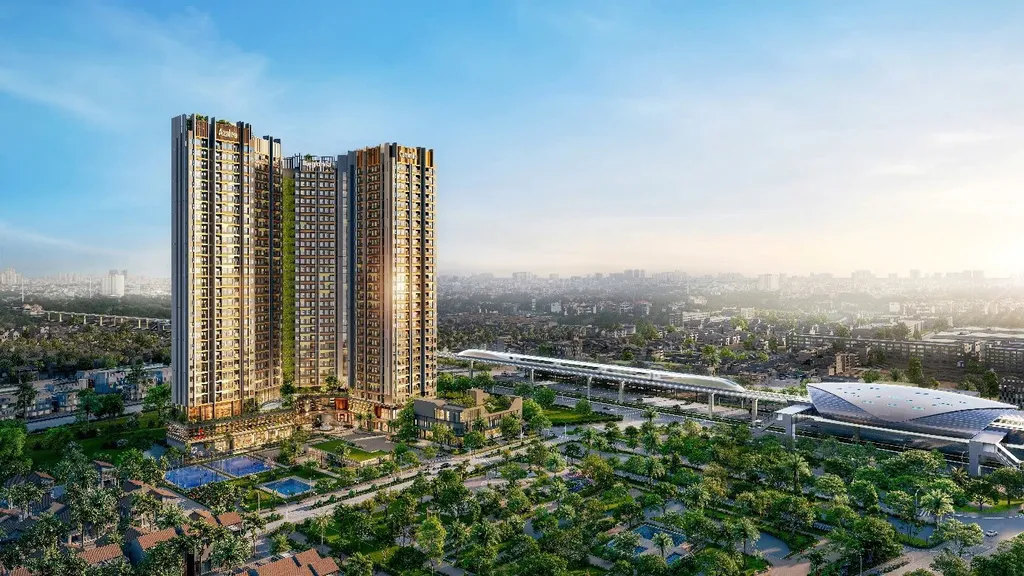
Koh says most cities do not make projections of the type of development needed in a particular area, thus there is no quota on the type of projects allowed.
IN Kuala Lumpur, it appears that development is continuously being championed and repelled at the same time, all fighting for space that is running out.
“Densification is not always a bad thing, if done properly,” said propertypricetag.com chief executive officer Cha-Ly Koh.
The company is an information technology portal that provides transacted data on Malaysia’s property market.
“Consider Greater Kuala Lumpur, which has grown to almost the border of Negri Sembilan.
“Imagine the infrastructure and utilities that need to be put in to support these network growths.
“Our resources are being stretched outwards instead of focusing on the existing ones,” said Koh.
On the other hand, improvements to infrastructure could yield massive benefits, she said.
“Density is important to make it more economical to provide public transportation and infrastructure.
“But the problem is, there is no control of the timing and supply of densification.
“An area would face the danger of overbuilding if the new supply of housing in the neighbourhood exceeds the rate in which the population would increase,” she added.
Koh explained that because most cities and major towns did not make projections of the type of development needed in a particular area, there is no quota on the type of projects allowed.
“For example, an owner with land that is zoned under residential, can build up to 200 units of condo units.
“But because the council does not control the total amount of supply in that year, there could be 10 developers who decide to build at the same time.
“This leads to an oversupply of residential units in that neighbourhood,” she said, adding there had to be a cap on the units so the market was not flooded with one particular product.
Follow us on Wechat or Facebook for the latest updates.
Download StarProperty.my e-Mag(bit.ly/StarProperty_Emag) for more articles.
Want to contribute articles to StarProperty.my? Email editor@starproperty.my.












































